Map of Laos: Where Is Laos Located?
A country of vivid landscapes, vibrant culture, and hospitable people, Laos is a very traditional place that has seen a painful past in its long and varied history. Unlike many of the country’s neighbors, Laos has managed to keep many of its traditions, despite tourism being the fastest-growing industry in the country over the last ten years.
A land filled with outstanding sights and amazing features, Laos has seen its tourist numbers grow exponentially to a point where more than four million tourists enter this small landlocked country every year. And from north to south, from the Annam Highlands to the Bolaven Plateau, this rich and interesting nation has a wealth of attractions to see.
Where Is Laos?
A long narrow country in the central and southern regions, with a larger “head” in the north, Laos is a landlocked country in Southeast Asia, and was once part of the region known as French Indochina. Located in the middle of the Indochinese Peninsula, with Thailand to the west, Cambodia to the south, Vietnam to the east, Myanmar to the northwest, and China to the northeast, Laos has long been influenced by its neighbors.
The Mekong River, which runs down the western side of the country, is the major artery of Indochina, and an important factor in the agriculture of Laos. With only around four percent of the country being arable land, the alluvial plains and terraces along the route of the Mekong, especially in the panhandle area around Savannakhet and Champasak, have become an important part of the country’s rice production.

Laos location map
Besides, much of the country lies in the Annamite or Annamese Mountains, known in Laos and Vietnam as the Annam Cordillera. This extensive mountain range runs for over 1,100 kilometers down the eastern edge of Laos, starting in the north from the Annam Highlands and the Xiangkhoang Plateau and running all the way to the Bolaven Plateau in the far south.
The northwest of the country is covered by the Luang Prabang Range, which is made up of part of the eastern Thai Highland ranges of Phi Pan Nam and Dangrek. The highest mountain in Laos is the Phou Bia, which stands at an elevation of around 2,819 meters, along with four other mountains all above 2,000 meters high.
Travel Map of Laos
Laos is split into three major regions, north, central, and south, and each has a distinct climate, with the cooler milder climate in the more mountainous north, and wetter climates in the western-central and southern regions. Besides, November to April is the best time to visit Laos with less rain and warm sunshine.
For tourists, much of the country still remains undiscovered, with most international travelers to Laos preferring to stay in the areas around Vientiane, Luang Prabang, and Vang Vieng. The higher mountains of northern Laos are classed as excellent for trekking in the dry season, and are filled with small ethnic villages where a wide range of ethnic cultures live.
For climate, Laos is normally split into three regions, north, south, and central. However, for tourists, it is easier to split the country into six regions as following part, to better understand the areas of each and the attractions that can be found there.

Laos tourist map
The Far North of Laos
The Far North of Laos is a fairly isolated region of the country, where the traditional way of life of the hill tribes has been unwittingly preserved throughout decades of war and neglect. Home to the Hmong, Khmu, Mien, and Akha hill tribes, these highlands and mountains are an almost untamed wilderness that has changed little in centuries.
And this is most evident in the isolated and remote mountain district of Phongsaly, the trekking capital of northern Laos. This northern area is also home to the Nam Ou River, which flows all the way to Luang Prabang, and eventually joins the mighty Mekong River.
Much of this remote area sees few tourists, except those brave enough to travel upriver to the small villages, such as Muang Ngoi, which can only be accessed by boat. To the east lies the border town of Houay Xai, where the famous Mekong River Cruises begin.

People of Phongsaly
Northeast Laos
The Northeast of Laos is a large area that covers the region from the Vietnamese borders to Vang Vieng in the west and as far south as Paksan. Until recently, this remote part of Laos was hard to reach, but with improved roads, it is now possible to get all the way to Sam Neua in less than a day from Luang Prabang. However, this region still remains one of the least visited areas of the country, since it has few “tourist-oriented” attractions.
However, the more than two dozen ethnic groups that inhabit the region inspire intrepid travelers to get off the beaten track and explore the area north of Phonsavan. Mostly covered with mountains, from the towering peaks that border the Vientiane plain to the jagged ridges of the Annamite Mountains, majority of tourists never get further than Phonsavan and the Plain of Jars.

Visiting the mysterious Plain of Jars
Vientiane and the Northwest of Laos
The area of Vientiane and the Northwest is a mixed place for tourists. While Vientiane sees a huge number of tourists, much of the northwest of the country remains remote and untouched, but for a few hardy travelers that will take the long trip to reach Ban Pako on the banks of the Nam Ngum River in a very rural Laos.
Vientiane is the world’s quietest capital city, sitting serenely on its bend in the Mekong River, resembling little more than a collection of rustic villages. However, this peaceful city has discovered the glories of commercial tourism, and many of the old boarded-up properties were re-opened as mini-malls, pizza parlors, and colorful restaurants, as the thriving tourist economy has taken hold of the capital.
Head outside of Vientiane, and you can find beauty outside the city, from the Buddha Park in Xieng Khuan and the Ang Nam Ngum Reservoir to the delights of Vang Vieng, the home of “tubing” in Laos and a notorious backpacker hotspot. Travel upriver from Vang Vieng, and you will come to Sayaboury, a small riverside province that is well known for its wild elephants.
No documents found.
Luang Prabang of Laos
In the midst of the three northern regions lies Luang Prabang. Nestled in a narrow valley surrounded by lofty mountains, Luang Prabang really deserves to be set apart from the other three areas of the north. Once a tiny mountain kingdom that lasted for more than 1,000 years, this unique area of Laos is one of the most popular tourist destinations in Indochina.
Named as a World Heritage Site in 1995 for its ancient temples and ochre-colored colonial houses, not to mention the uniqueness of the French-Indochinese architecture, Luang Prabang is the very essence of the classic image of Laos. Many tourists choose to have a Luang Prabang tour in Laos for exploration of Buddhism and various temples.
Saffron-clad monks glide through the misty streets in the early dawn collecting alms, while the sonorous tone of the temple drums reverberates across the city. Luang Prabang is the location of the first Lao nation and the birthplace of Laos’ original rulers, and has a long and rich history.

Tak Bat almsgiving in Luang Prabang
South Central Laos
Few travelers spend much time in South Central Laos, often little more than spending a night or two in the main towns of Savannakhet or Thakhek before continuing south or north. However, this lowland region, fringed by the Annamite Mountains in the east, is a much underrated area of the country.
Narrow and mostly flat, the Mekong River that runs along the western border is the lifeblood of the region. Providing food and a thoroughfare for transport both north and south, and being a major source of irrigation for the lowland arable lands and the rice terraces of the alluvial plains around Savannakhet.
However, a closer look reveals the region has many hidden treasures, such as the beautiful Mahaxai stone formations on the edge of the Phou Hin Poun National Biodiversity Conservation Area (NBCA), or the massive area of the Nakai-Nam Theun NBCA to the north, the largest protected area of outstanding natural beauty in Laos.

The tranquil Mekong River through Laos
The Far South of Laos
The final tail end of Laos includes the provinces of Champasak, Xekong, Attapeu and Salavan, an area that once lay at the crossroads of the great ancient empires of Southeast Asia, including the Champa, Chenla, and Angkor.
The hub of the entire southern region lies at Pakse, the most important town in Southern Laos, and the center for tourism in the region. To the west of Pakse, the mighty Mekong River cuts through the landscape, while the eastern side of the south lies the Bolaven Plateau, cutting off the Mekong River valley from the southern end of the Annamite Mountains.
Ancient Khmer ruins are scattered across the south of Laos, remnants of the former Khmer Empire of Cambodia, which stretched across most of Laos. The most famous, Wat Phou, is the spiritual center of Buddhism in southern Laos, and is an imposing reminder of the impressive Khmer Empire’s unique architecture.
The river flows south from here, heading down to Si Phan Don, known as the “four thousand islands”, where the Mekong River drops through a series of high, rushing waterfalls to continue its course through Cambodia to its exit at the Mekong Delta in Vietnam.
Summary
Laos tour may not be the massively popular that Vietnam has become, but it has a lot of interesting and unique features, from the falling landscapes from high mountains to low plains and alluvial river valleys.
One of the few places where you can climb up to a unique plateau without getting altitude sickness, Laos is a varied and scenic country, which is well worth taking some time to tour around.
While the major tourist destinations are stunning in themselves, it pays to get off the beaten track in Laos and explore the areas that see few tourists for that authentic rural experience that will leave you dying to come back for more. Contact us to tailor your unique itinerary in Laos!
More Related Laos Travel Planning Articles
More Laos Tour Packages
-
.jpg) 6 Days Highlights Tour from Luang Prabang to Vientiane
6 Days Highlights Tour from Luang Prabang to VientianeLuang Prabang - Vientiane
This tour will not only take you to explore the Luang Prabang, but also the highlights of Vientiane. Lantern-lit streets ...
-
 9 Days Vientiane, Vang Vieng and Luang Prabang Tour
9 Days Vientiane, Vang Vieng and Luang Prabang TourVientiane - Vang Vieng - Luang Prabang
This 9-day tour will take you to Vientiane, Vang Vieng, and Luang Prabang of Laos. A place is full of quaint temples, stunnin ...
-
 13 Days Laos Off-the-beaten-path Tour with Overland Experience
13 Days Laos Off-the-beaten-path Tour with Overland ExperienceVientiane - Vang Vieng - Sam Neua - Xieng Khuang- Luang Prabang
In this 13-day tour, you will explore the little-visited countryside in Laos, taking in the rice plantations and waterfalls ...
Ask Us A Question For Free

.gif)










.jpg)
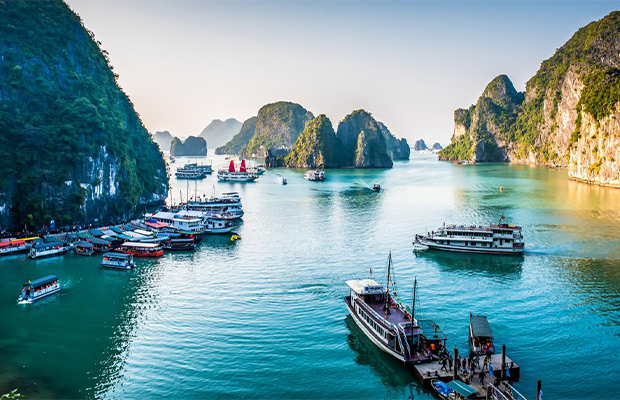
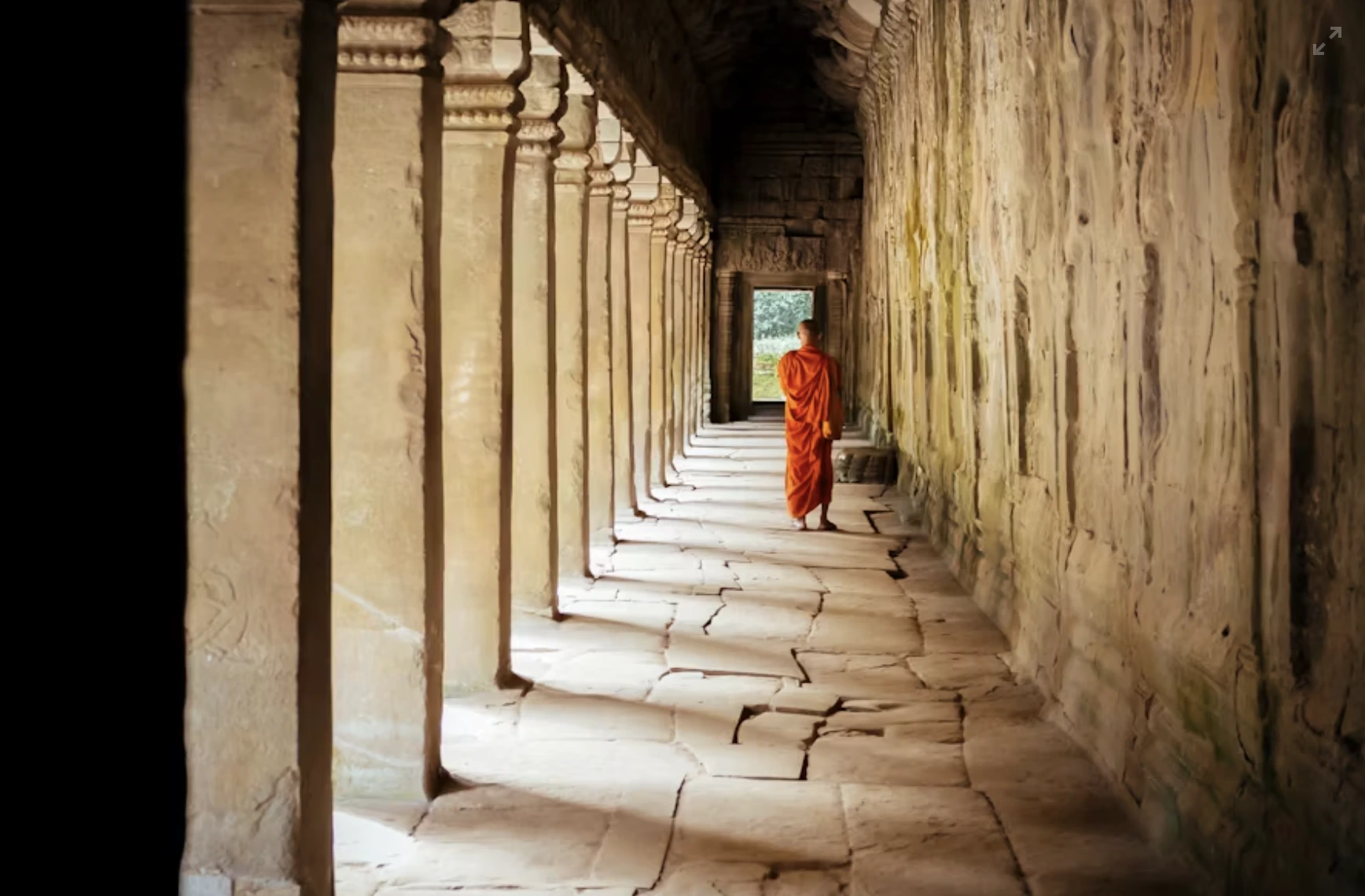
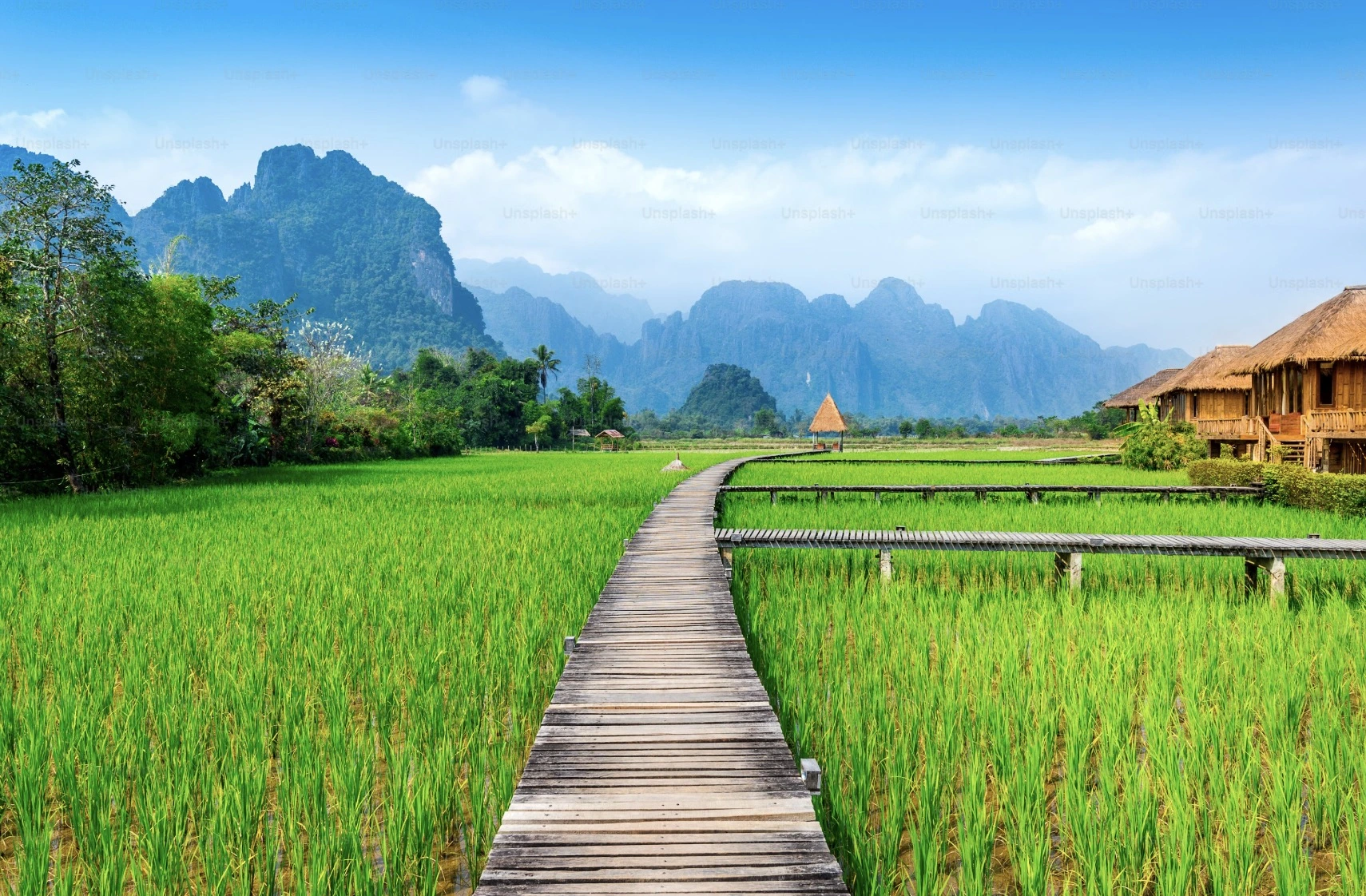
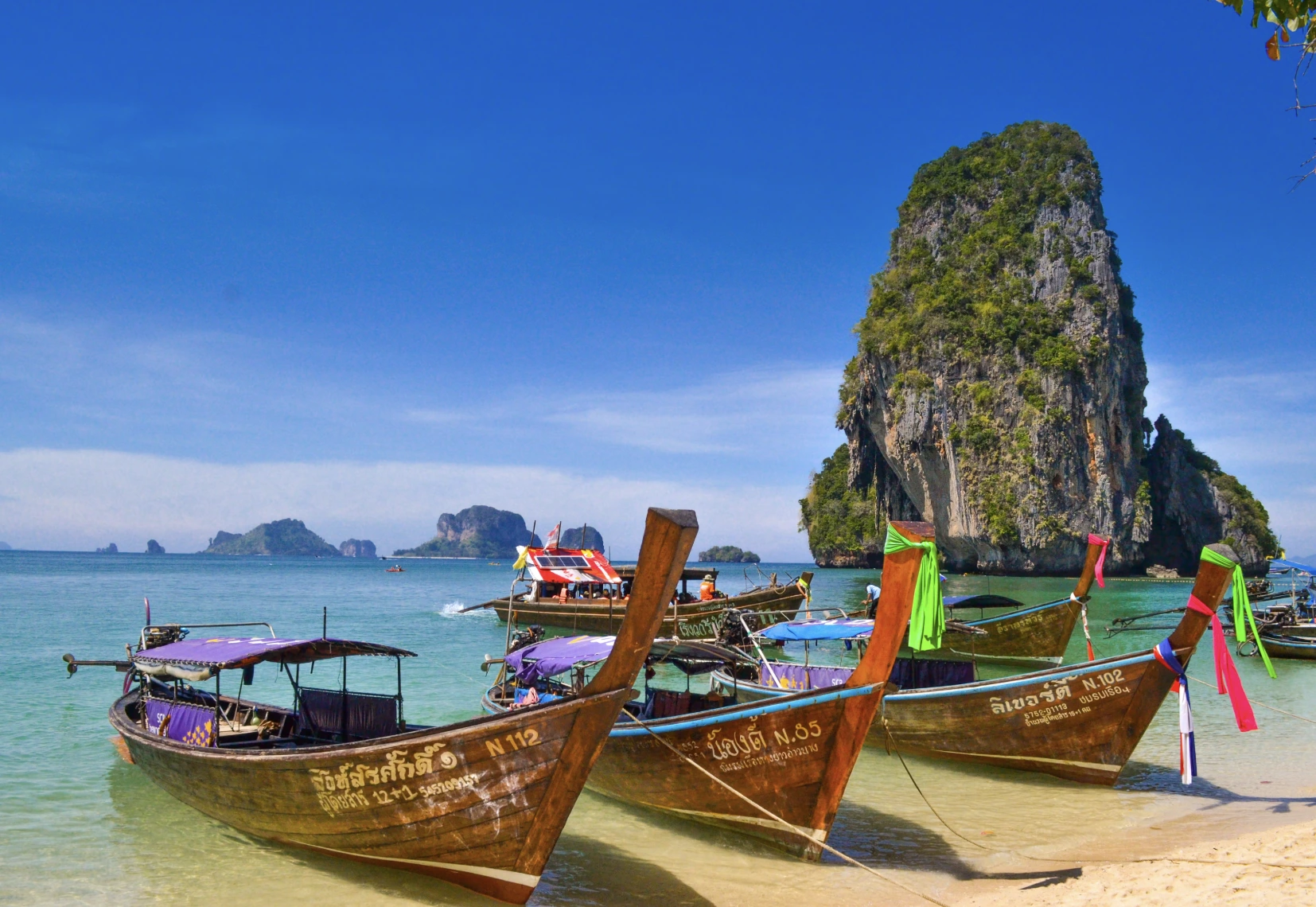
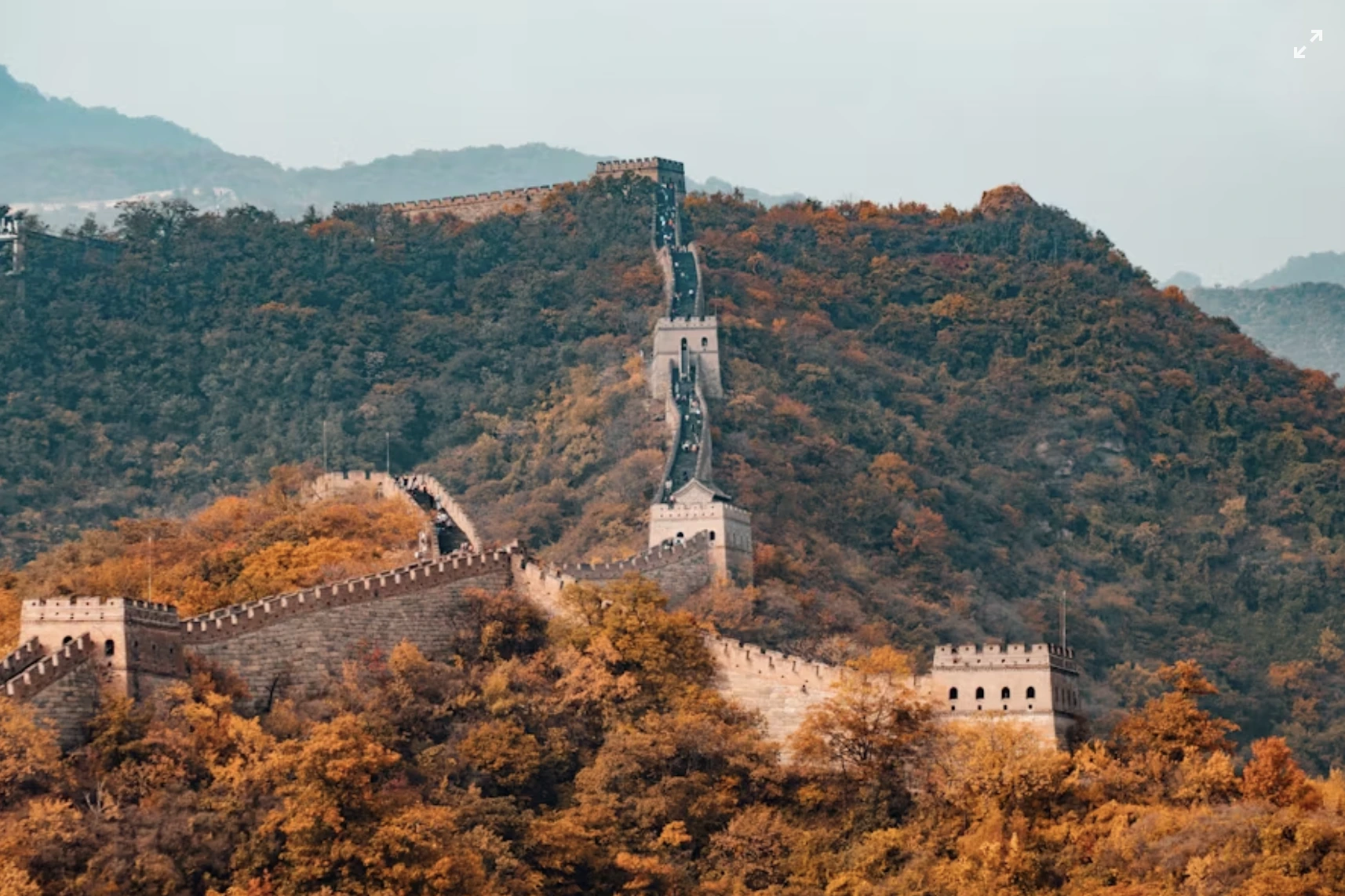


















.jpg)

